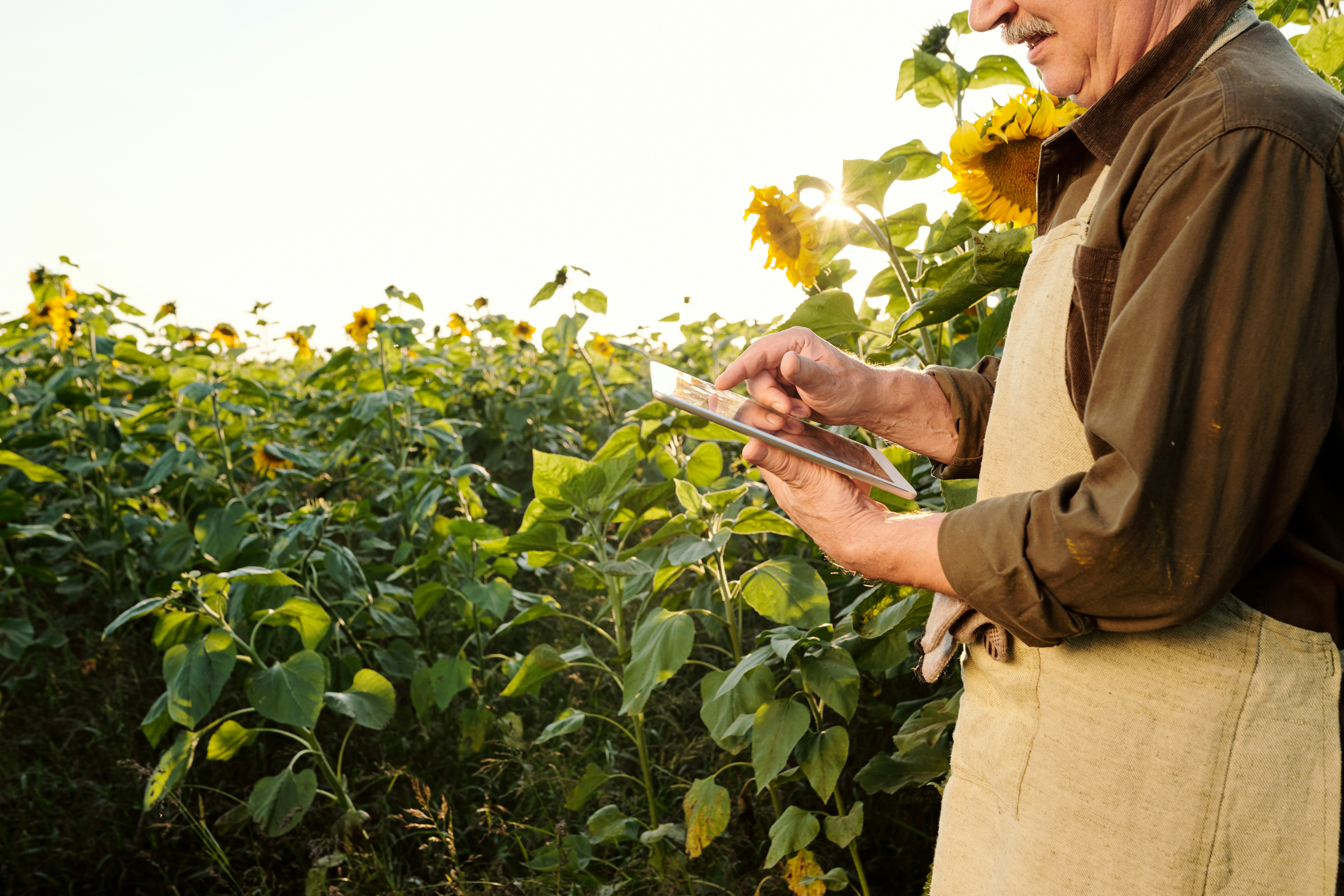
Agriculture has always been a cornerstone of human civilization, providing sustenance, livelihoods, and raw materials for industries worldwide. However, modern farming is undergoing a revolutionary shift as technological advancements redefine traditional practices. From precision agriculture to robotics, technology integration is shaping a more efficient, sustainable, and productive future for farming.
Precision Agriculture: Enhancing Efficiency and Productivity
Precision agriculture has emerged as one of the most transformative advancements in farming technology. Using GPS, satellite imagery, and data analytics, farmers can now monitor their fields with unparalleled accuracy. By collecting real-time data on soil conditions, weather patterns, and crop health, precision agriculture allows for targeted interventions, such as optimizing irrigation, fertilization, and pest control.
For instance, GPS-guided machinery enables farmers to plant seeds and apply fertilizers with pinpoint accuracy, reducing waste and increasing crop yields. Drones equipped with multispectral imaging cameras can detect early signs of crop stress, allowing farmers to address issues before they escalate. This data-driven approach enhances productivity and minimizes environmental impact, making farming more sustainable.
Smart Sensors: Monitoring Every Step of the Process
Smart sensors are revolutionizing how farmers monitor their fields and livestock. These devices provide real-time insights into soil moisture, nutrient levels, and plant growth. By connecting these sensors to centralized systems, farmers can automate irrigation and fertilization, ensuring that crops receive optimal care.
Livestock management has also benefited significantly from sensor technology. Wearable devices can track an animal’s health, movement, and feeding patterns, enabling early detection of illnesses and improving overall herd management. This level of precision ensures that resources are allocated effectively, reducing waste and improving the quality of produce.
Automation and Robotics: Redefining Labor in Agriculture
The labor-intensive nature of farming has often been a barrier to efficiency and scalability. Automation and robotics address these challenges by streamlining operations and reducing reliance on manual labor. Autonomous tractors, robotic harvesters, and planting machines can now perform tasks with minimal human intervention, significantly cutting down on time and labor costs.
Robotic technology is particularly beneficial for tasks like harvesting delicate crops, where precision and care are crucial. For example, robotic arms with AI algorithms can identify and pick ripe fruits without damaging them, ensuring better quality and reducing waste. These innovations increase productivity and address labor shortages, a growing concern in many agricultural regions.
Artificial Intelligence: Unlocking the Power of Predictive Analytics
Artificial intelligence (AI) transforms farming by enabling predictive analytics and decision-making. Machine learning algorithms analyze vast amounts of data to predict crop yields, weather patterns, and potential pest outbreaks. By leveraging these insights, farmers can make informed decisions that optimize resource use and maximize profitability.
AI-powered tools also help crop breeding, identifying traits that improve resilience to climate change, pests, and diseases. These advancements are critical in addressing global food security challenges, ensuring that agricultural practices can adapt to changing environmental conditions.
Sustainable Farming: Technology for a Greener Future
As the global population continues to grow, the demand for food is placing immense pressure on natural resources. Sustainable farming practices powered by technology are essential to meeting this demand without depleting the planet’s resources. Innovations like vertical farming, hydroponics, and aquaponics are reducing land and water usage while increasing yields.
Vertical farming, for example, uses LED lighting and controlled environments to grow crops indoors, eliminating the need for arable land. Similarly, hydroponic systems deliver nutrients directly to plants through water, reducing water consumption by up to 90% compared to traditional farming methods. These technologies ensure sustainability and open new possibilities for urban agriculture, bringing food production closer to consumers.
Challenges and the Road Ahead
While the benefits of technology in farming are undeniable, some challenges must be addressed to fully realize its potential. High initial costs, limited access to technology in developing regions, and the need for technical expertise are significant barriers. Additionally, concerns about data privacy and the ethical implications of AI in agriculture require careful consideration.
However, ongoing advancements and collaborative efforts between governments, private enterprises, and research institutions pave the way for a more inclusive and technologically advanced agricultural sector. As these barriers are overcome, technology adoption in farming is expected to accelerate, driving innovation and sustainability on a global scale.
Cultivating a Technological Revolution
The integration of technology into farming practices marks a new era in agriculture. From precision agriculture and smart sensors to robotics and AI, these innovations transform how food is grown, harvested, and distributed. By embracing these advancements, farmers can address the challenges of feeding a growing population while promoting sustainability and environmental stewardship.
As we look to the future, it is clear that technology will continue to play a pivotal role in shaping modern farming. By fostering innovation and collaboration, the agricultural sector can unlock new opportunities and ensure a prosperous future for future generations.